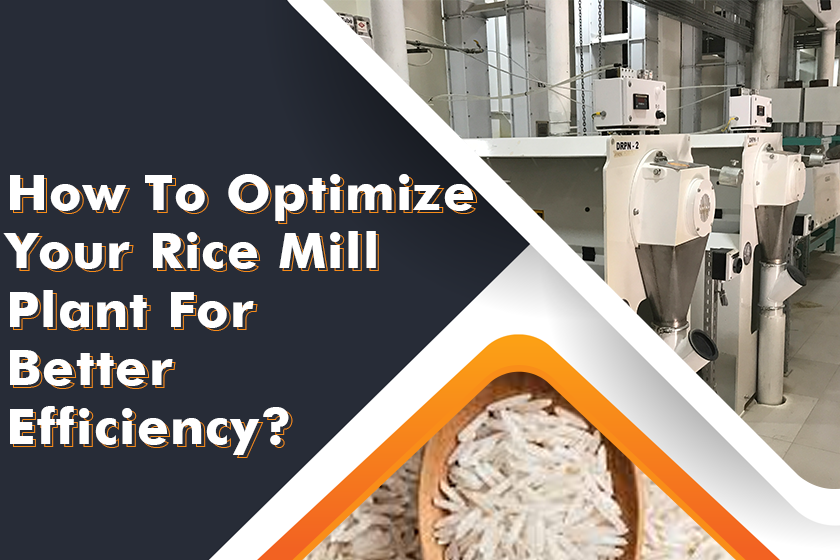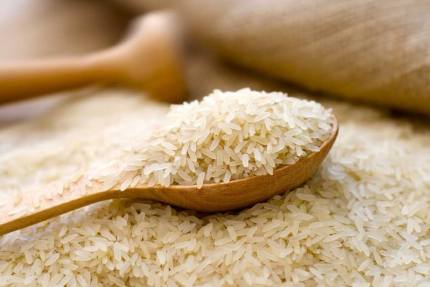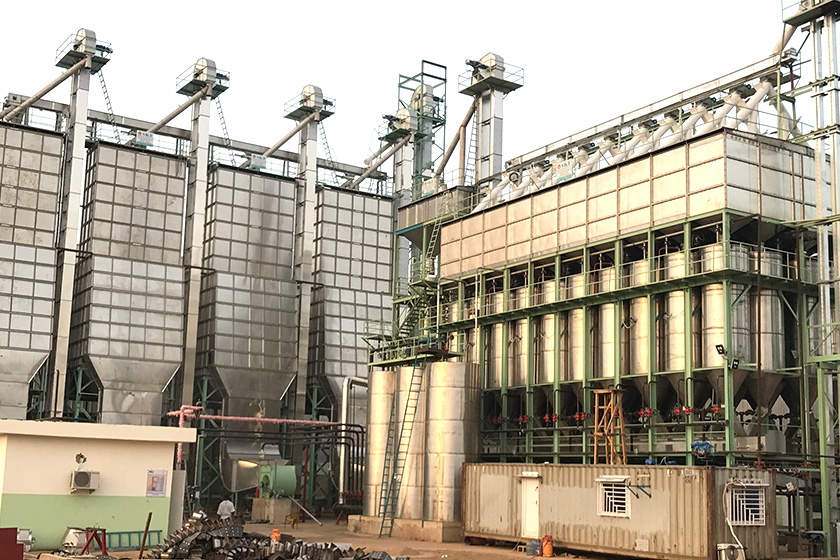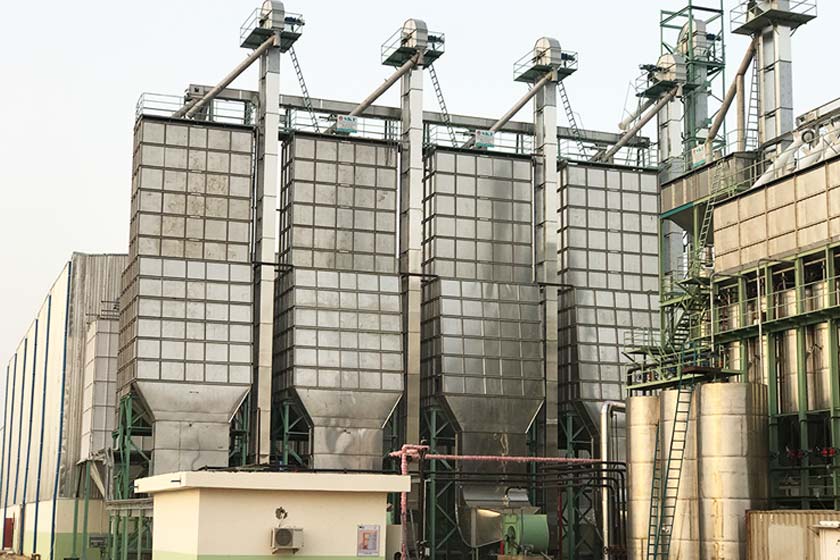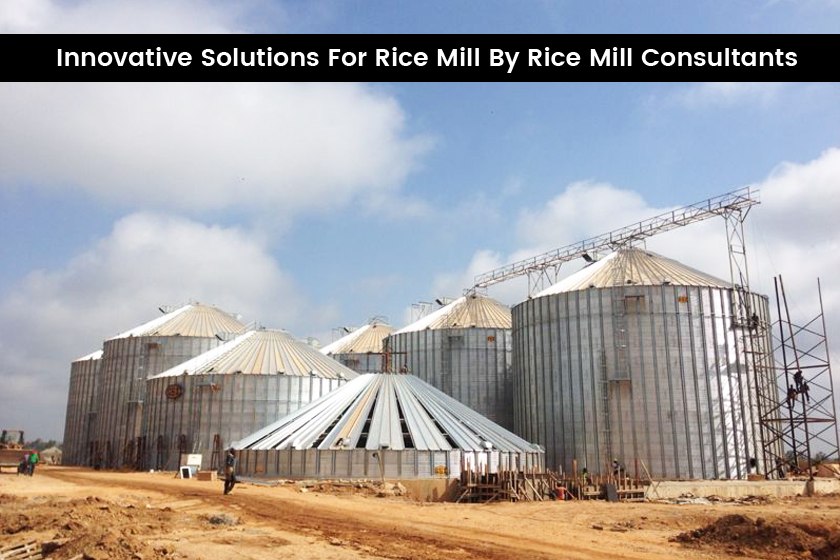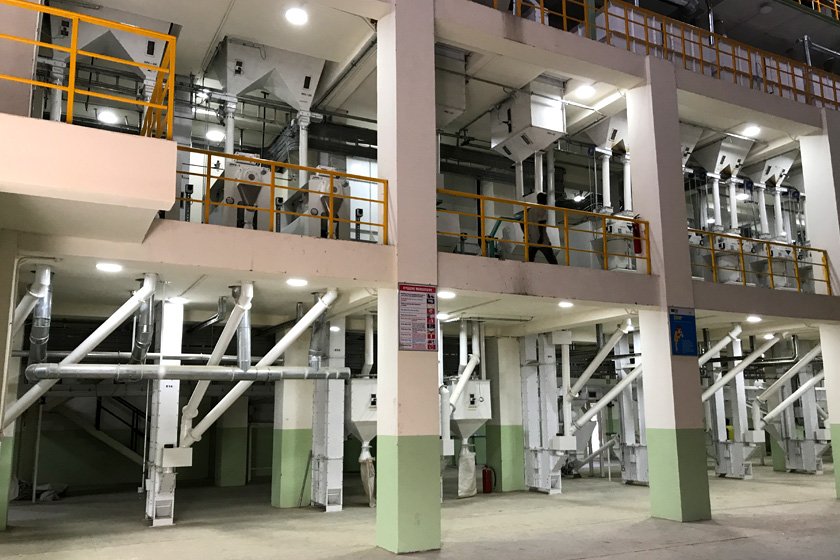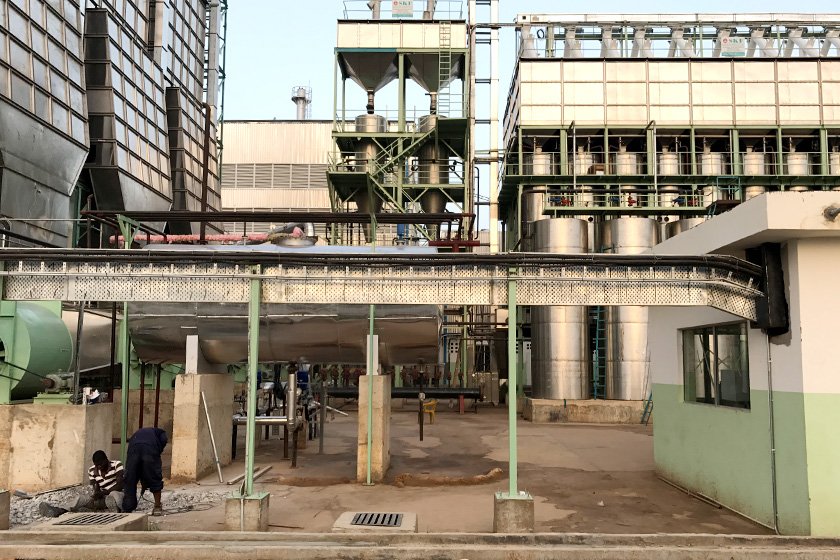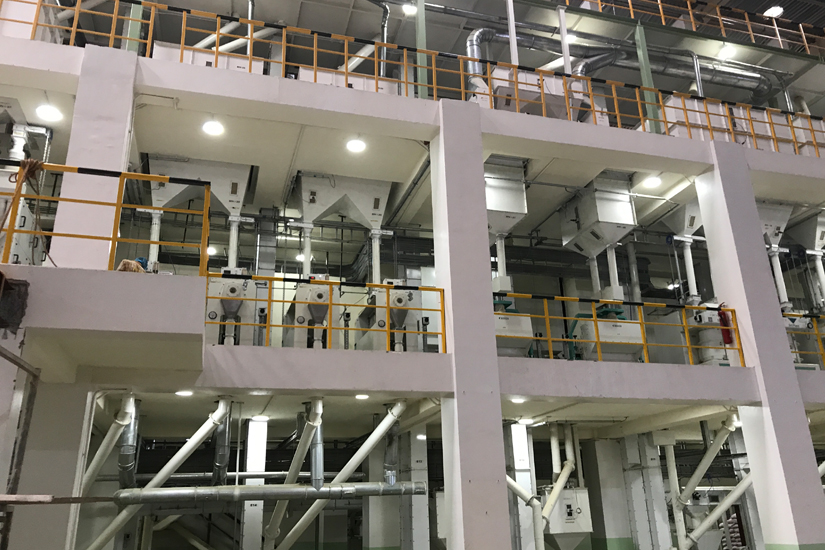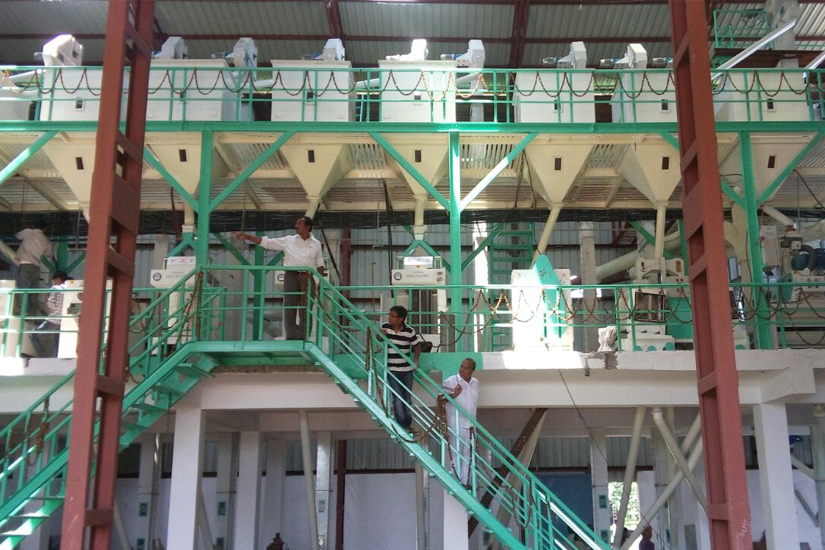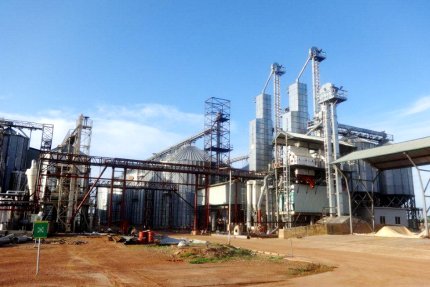Technology is emerging in the rice milling sector. Now, rice mill plants are becoming fully automated. It is high time that you also optimize rice mill plant for better efficiency. By optimizing your rice mill plant, you can take your rice mill business to new heights of success. This will also increase the ease of doing business and help in better production, which results in better efficiency of the overall business.
Even the government policies of different regions worldwide are encouraging the transition to newer technologies such as using paddy separators, rubber roller technology, using wet mist polisher, fully automated pressure parboiling technology, and so on.
Are you wondering how you can smoothly optimize rice mill plant? We will help you with the same.
Optimize Rice Mill Plant
Optimizing the mill plant is essential but is also full of challenges. The first step in the process is to find good-quality paddy. You have to ensure that the paddy you’re using is pure and of high quality.
Other things that will help in optimizing the rice mill plant are below:
- Uniformly mature kernels: With uniform mature seeds, you can reduce the chances of wastage.
- Uniform size and shape: The plant or any automated machine works faster and more effectively with uniform size and shape.
- Free of empty or half-filled grains: The work efficiency increases automatically if your raw material is free of open or half-filled grains.
- Free of contaminants such as stones and weed seeds: The material free of contaminants is fast to process.
- Don’t waste material: It is essential to focus on not wasting the material for increased profit and improved efficiency. Be it energy, human resources, raw material, or any other assets, make sure that you’re not wasting any of these or utilizing them smartly.
- Improve training: To optimize the rice mill plant, it is essential to provide the proper training to your staff. A good rice mill plant, or any factory/plant for that matter, can offer increased efficiency only with a well-trained staff.
- Quantify everything: One of the significant steps in optimizing a rice mill plant; you must quantify everything to increase productivity. If you’re not quantifying things, you’ll never be able to gauge the exact profit and the investment. People who want to stay in the industry for a longer time should make it a habit to quantify everything precisely.
So these were some ways with which you can easily optimize your rice mill plant for better efficiency. You can also connect with a rice mill consultant to guide you through. If you bring these measures into practice at your rice mill plant, you’ll start noticing a positive change in your business.
 MAIL US :
MAIL US :
 CALL US :
>
CALL US :
>
